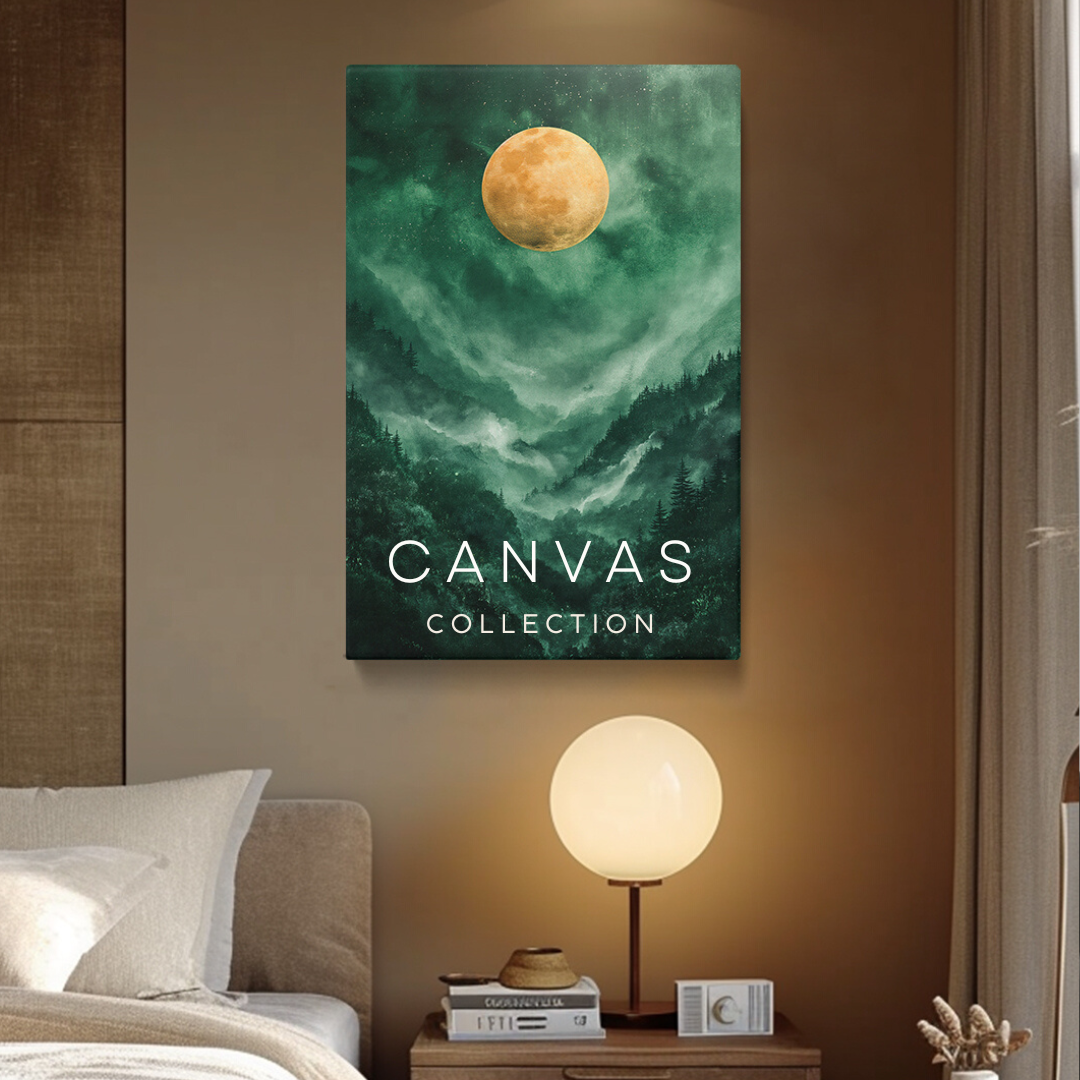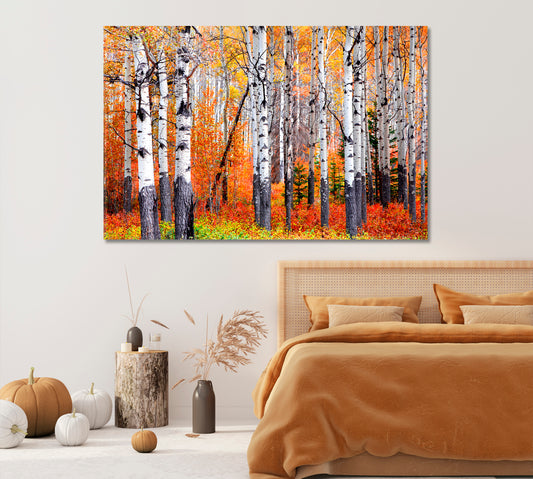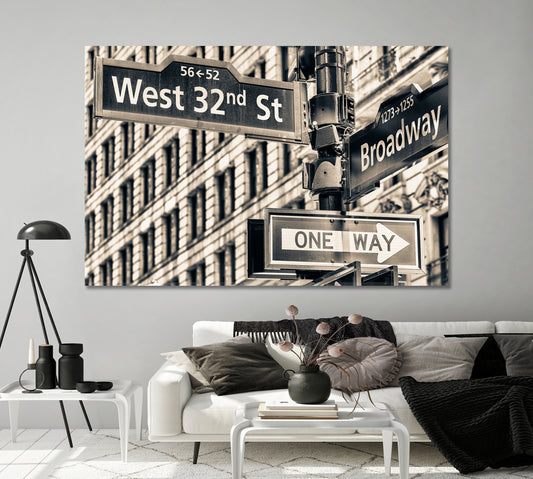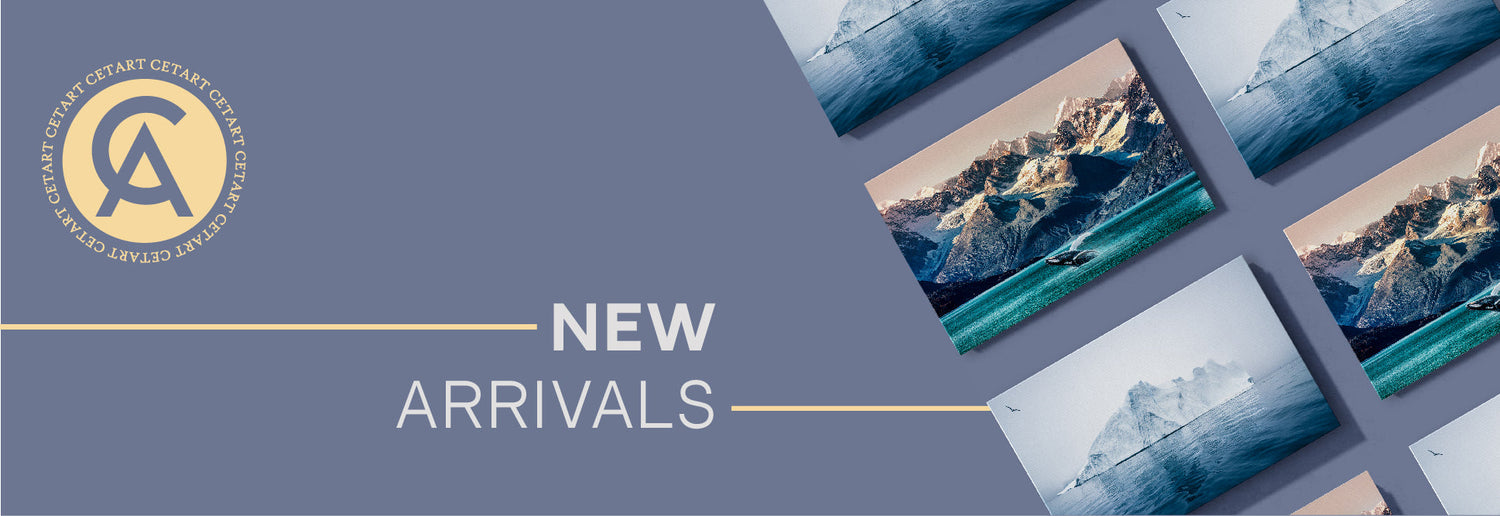
The Vibrant Legacy of Modern Art Prints: An Unfolding Narrative
Share
Modern Art Prints
The realm of modern art, with its eclectic styles and avant-garde sensibilities, heralded a profound shift in artistic expression and public engagement with art. A significant facet of this era is the emergence and proliferation of modern art prints, which encapsulated the dynamic ethos of the time. This essay delves into the multifaceted world of modern art prints by exploring their definition, historical evolution, characteristic features, varied types, and the pivotal role of canvas prints within this domain.
I. Definition of Modern Art Prints: Modern art prints are artistic reproductions created using various printing techniques, reflecting the aesthetic and thematic inclinations of modern art movements. They represent a democratized form of art, making modern artistry accessible to a broader audience. The prints embody the essence of modern art's experimental spirit, abstract tendencies, and expressive content.
II. Brief History of Modern Wall Art: The modern art era, spanning the late 19th to the mid-20th century, was a period of profound artistic innovation and rebellion against traditional art forms. The advent of printmaking technologies during this epoch, such as lithography and later screen printing, enabled artists to explore new avenues of creative expression and reach a wider audience through art prints.
III. Characteristics of Modern Art Prints:
- Diverse Styles: Modern art prints reflect a plethora of styles stemming from various modern art movements, each bearing unique aesthetic signatures.
- Bold Experimentation: They exemplify bold experimentation with form, color, and technique, pushing the boundaries of traditional artistry.
- Abstract Imagery: Modern art prints often venture into abstract and non-representational realms, offering a departure from earlier realistic imagery.
- Expressive Content: They serve as conduits for expressing personal, political, or social narratives, eliciting thought and discussion among viewers.
The sphere of modern art ushered in a unique dynamism that transcended traditional boundaries, thereby reforming the aesthetics and interpretation of art. A quintessential part of this creative renaissance is reflected in modern art prints, which embraced the new wave of artistic exploration. This essay aims to delineate the distinctive characteristics of modern art prints, shedding light on their aesthetic, thematic, and technical attributes that contribute to their enduring appeal.
I. Diverse Artistic Styles: Modern art prints reflect a rich tapestry of styles that emerged during the modern art era. From Impressionism's ephemeral light to Cubism's geometric abstraction, the range of styles embodied in these prints mirrors the artistic diversity of the time. Every print, thus, becomes a window into the myriad artistic movements that marked this era of creative flux.
II. Experimental Techniques: The modern era was synonymous with experimental zeal, a trait distinctly visible in modern art prints. The utilization of varied printing techniques like lithography, etching, or screen printing demonstrated a willingness to explore and push the traditional boundaries of art-making. This experimental nature fostered a new realm of aesthetic possibilities, making modern art prints a playground of technical innovation.
III. Abstract Imagery: Abstraction emerged as a hallmark of modern art, seeking to distill the essence of reality rather than mimic its form. Modern art prints often delve into abstract realms, employing color, shape, and form in ways that provoke thought, emotion, and a deeper engagement with the underlying themes.
IV. Expressive Content: Modern art prints serve as conduits for expressing a gamut of emotions, social critiques, and personal narratives. The expressive content, often reflective of the artist's inner world or a reaction to external circumstances, invites viewers into a dialogic engagement with the artwork. The prints become not merely aesthetic objects but vehicles of meaning and discussion.
V. Visual Accessibility: One of the fundamental characteristics of modern art prints is their visual accessibility. Through the medium of prints, modern art's often complex and avant-garde ideas became more accessible to a broader audience. The prints, acting as a bridge, connected the esoteric artistic realm with the public, fostering a more inclusive art culture.
Conclusion: The characteristics of modern art prints encapsulate the vibrant ethos and the innovative spirit of the modern art era. Their diverse styles, experimental techniques, abstract imagery, expressive content, and visual accessibility are not just reflective of a transformative period in art history, but also of a continuing legacy that resonates with contemporary art enthusiasts. Through these attributes, modern art prints continue to engage, challenge, and inspire, affirming their significant place in the tapestry of art.
IV. Types of Modern Art Prints: The array of modern art prints encompasses lithographs, etchings, serigraphs (screen prints), and later digital prints, each with distinctive technical and aesthetic attributes.
V. Role of Canvas Print in Modern Art Prints: Canvas print hold a special place in the domain of modern art prints. The texture and durability of canvas lend a unique aesthetic appeal to modern art reproductions, bridging the tactile essence of original paintings with the accessibility of print reproductions. Furthermore, canvas prints contribute to the democratization of modern art, making it accessible and enjoyable to a vast audience.

Conclusion: Modern art prints represent a vibrant and influential legacy within the artistic landscape, encapsulating the innovative spirit of a transformative era. They not only offer a visual feast of diverse styles and experimental aesthetics but also foster a broader public engagement with modern art. The significant role of canvas prints further accentuates the enduring appeal and accessibility of modern art prints, marking a notable chapter in the unfolding narrative of art and its engagement with society. Through modern art prints, the essence of a dynamic artistic era continues to resonate, engaging contemporary audiences with the rich tapestry of modern artistry.








